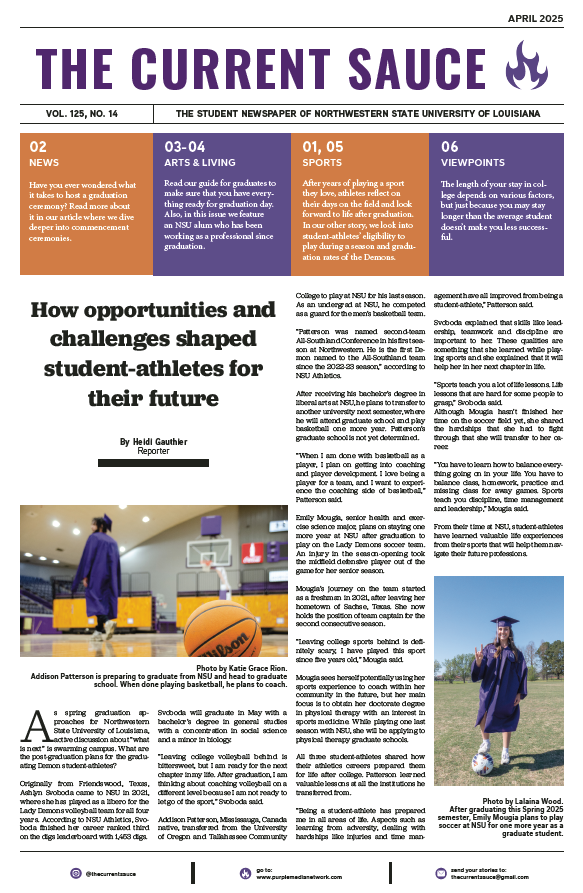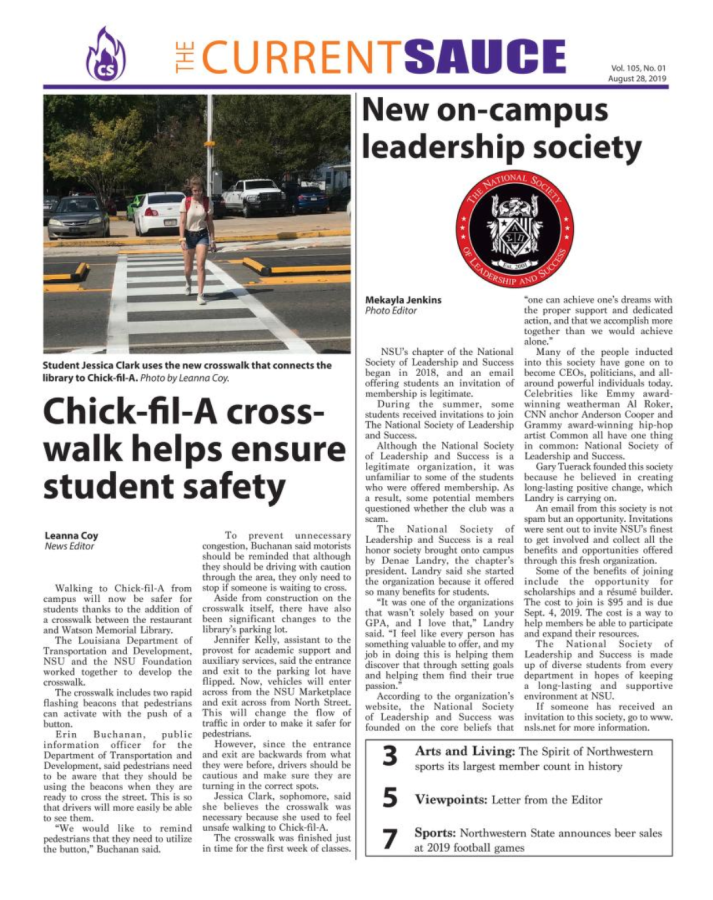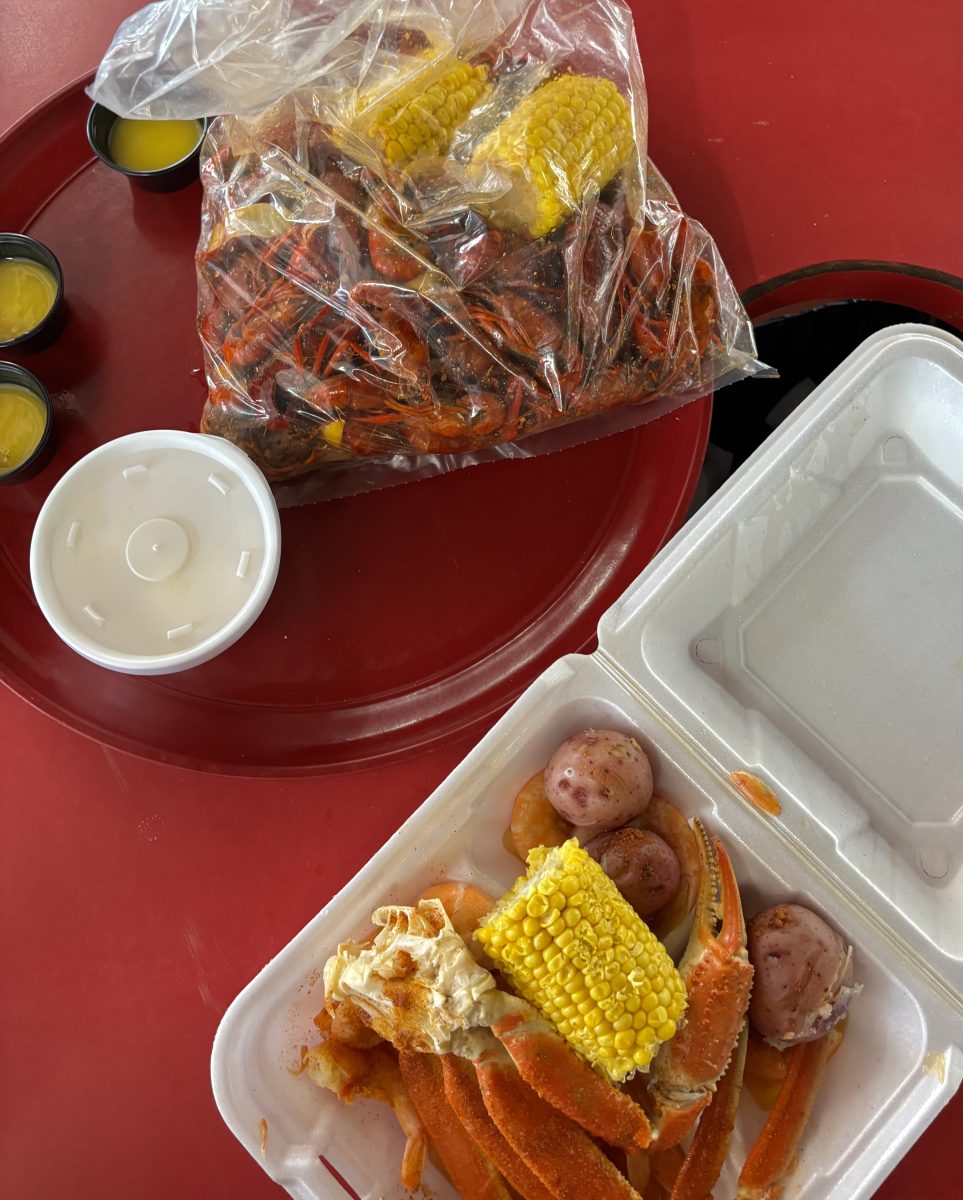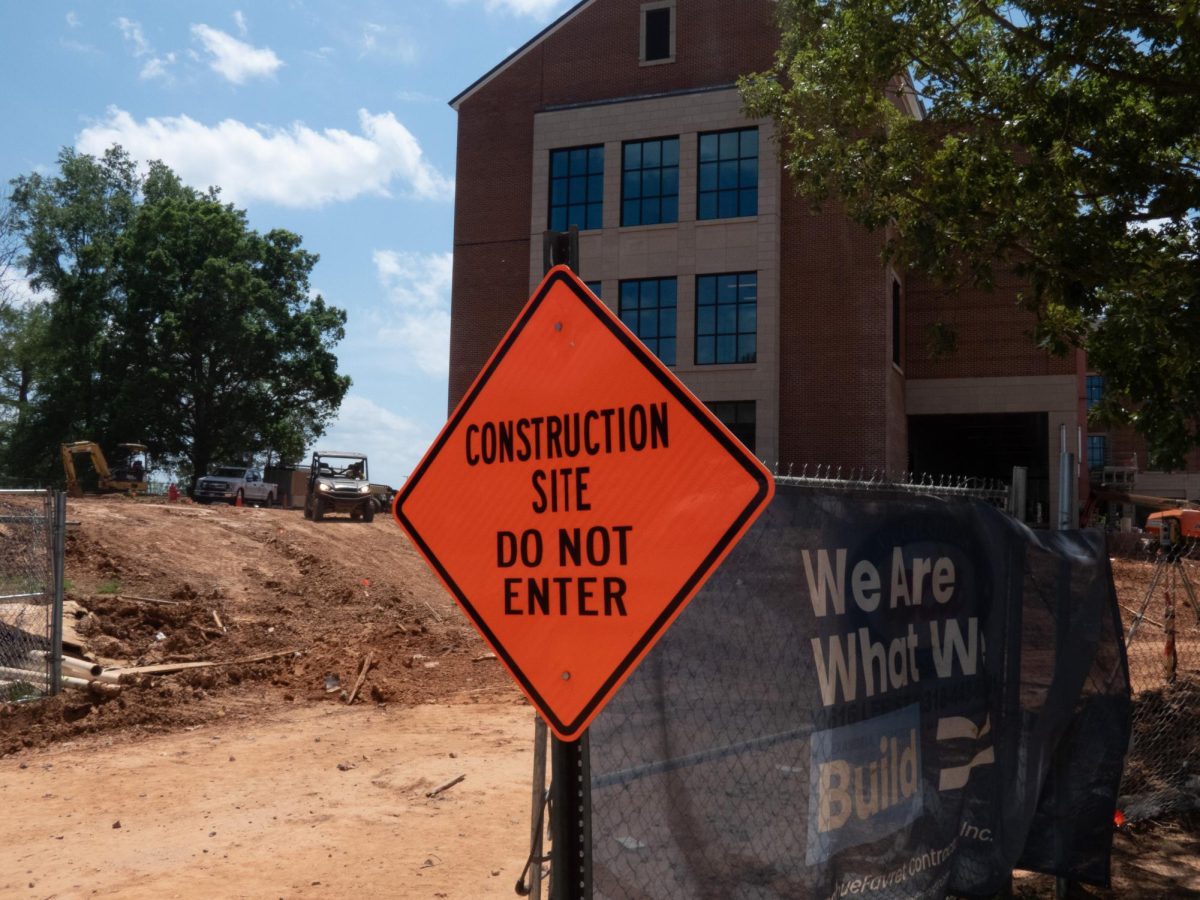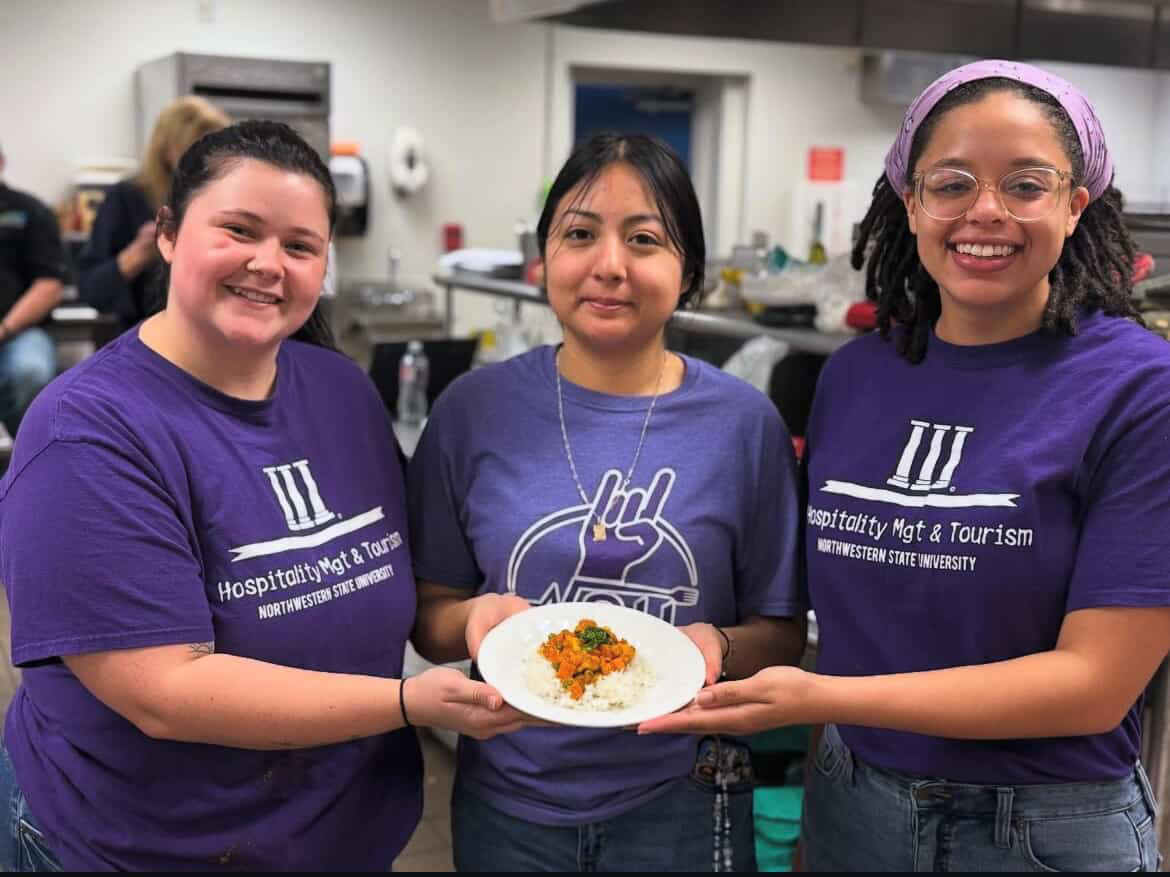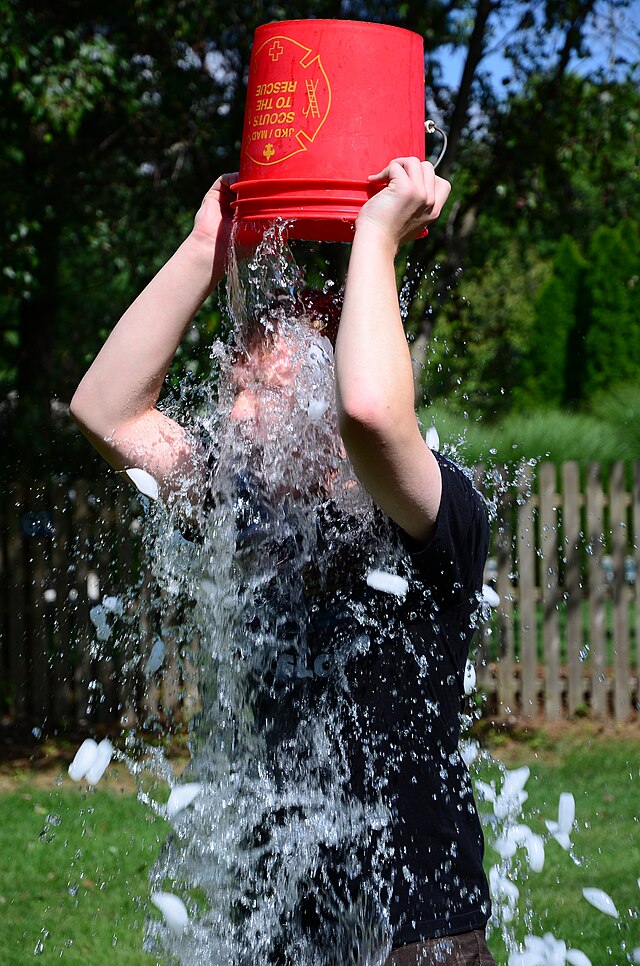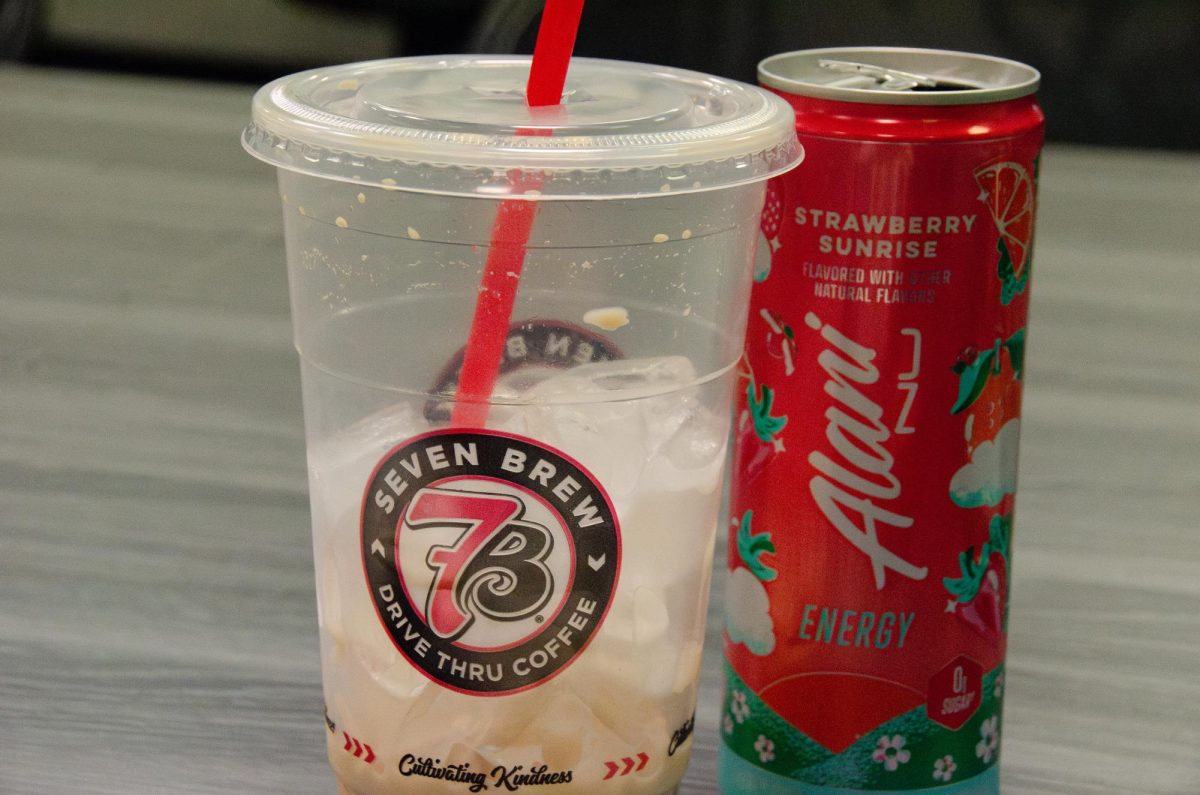Have you been craving mudbugs recently? If so, I hope you have recently gotten a loan or a large tax refund. Otherwise, you may struggle to afford these 2024 crawfish prices this year.
You may have noticed the price for boiled crawfish being upwards of $15 per pound, which is unusually high for crawfish in Louisiana.
When people think of the state’s cuisine, crawfish is one of the most common foods they think of. But how can it be a staple if our own residents cannot afford it?
If you are buying crawfish in Natchitoches, Louisiana, most likely the crawfish is coming from south Louisiana, and is not coming from Natchitoches. As you may remember, most of the state had a long drought brought with extreme heat last year. For crawfish who prefer to live in wet, muddy conditions, this is unfortunate, and ultimately hinders their growth.
The crawfish are growing slower, and sparser. It also cost money to transport the crawfish from the south to central Louisiana. Most of the time, it is transported by a vehicle, which costs gas money, which is also very high right now.
This affects the crawfish farm owners, who are now selling less crawfish. They must raise their prices when they sell it to the business owners, who have to raise their prices when they sell it to the public. Every person along the way has to make profit in one way or another, and the customers end up paying that price.
Crawfish farming is a very hands-on job, which requires lots of labor and attention. Farming technology is growing, but crawfish farms are still working the same way they have for many decades. Crawfish farms are still open to the elements, and one bad storm can wipe out a farmer’s profit for the week.
Collecting crawfish requires people, and if a farmer is struggling to find employees like most businesses do, they will struggle to collect their product, and the supply will decrease.
If technology continues to advance, maybe machines can be made to help farmers collect their mudbugs at a faster pace. Or even work on creating indoor crawfish farms, where they are not affected by the elements and the environment can be curated perfectly for the crawfish.
Both ideas risk cutting out the human aspect of the business. Nobody wants the world to be taken over by robots, but some people do not understand that humans make errors and mistakes, and that may be the reason that their crawfish prices are so high. The more robots that learn how to work jobs, the less jobs for humans.
Crawfish farmers rely on the demand to make their income. The next time a storm comes, and you are sad because your favorite spot doesn’t have crawfish, think about the farmer who didn’t make any money that weekend.
Both the customer and the seller must understand the other side to understand the fluctuation of crawfish prices and supply. Crawfish is a very important part of Louisiana’s culture, and hopefully the prices will lower, the farm’s will be more plentiful, and more residents will get to enjoy some delicious bugs, especially with summer coming soon.



